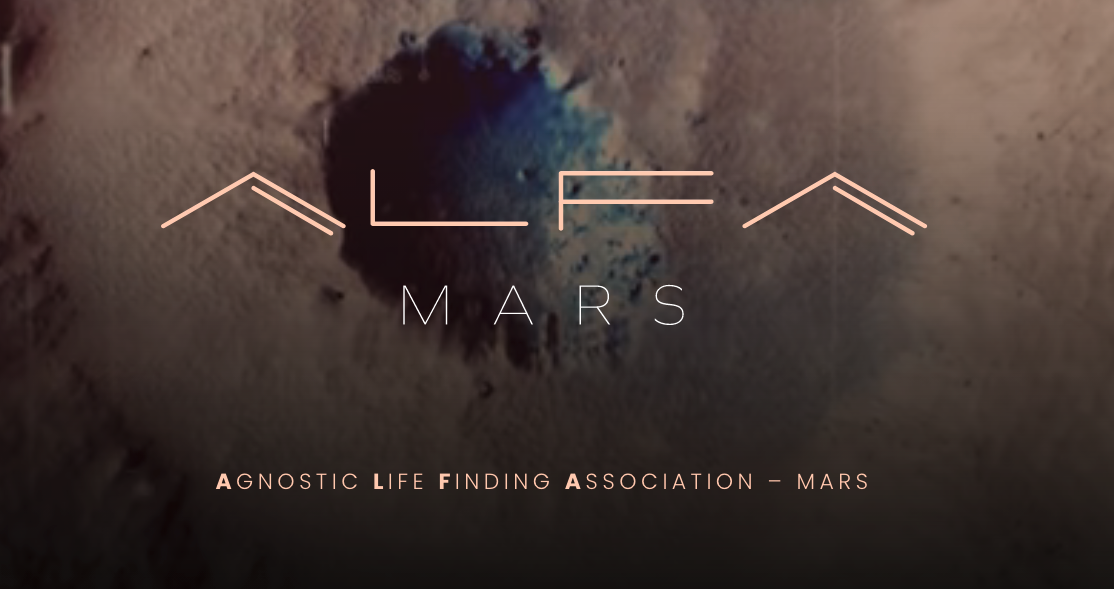Alfa Mars’ Race to Find Martian Life Before Time Runs Out
By Gabby Rizzo
The quest to explore and settle Mars has captivated the imaginations of scientists, engineers, and space enthusiasts for many millennia.
Among the various missions aiming to unlock the secrets of the Red Planet, the Agnostic Life Finding Association – Mars (ALFA Mars) stands out as a remarkable initiative poised to revolutionize our understanding of Mars and pave the way for future human exploration. What makes ALFA Mars unique is its distinctive objective of establishing the potential existence of life on Mars prior to the arrival of any private company, making it the sole organization with such a mission.
In the words of Dr. Jan Spacek, the founder of the ALFA Mars group, Mars is an important candidate for life because Mars is the “most likely place to find alien life” (from an interview with Reason with Science). The goal of ALFA Mars is to isolate potentially foreign genetic polymers from large volumes of Martian glacial ice. The key though, is that this exploration must occur prior to human arrival, to limit the amount of exposure to “Earth life”, which could lead to biological contamination of Mars, increasing the difficulty of the search for indigenous Martian life. The time window to study a pristine Mars is shrinking rapidly.
There are many reasons why we should attempt to study the Martian biosphere now (assuming there is a Martian biosphere).
In our solar system, Mars and Earth have numerous similarities for reasons including climate and landscapes. Due to these similarities, Martian life may be the key to helping humans understand the evolution of both Mars and Earth.
One striking difference, though, is in the atmospheres of the two worlds. On Earth, the high atmospheric pressure prevents water from boiling on its surface. The opposite is true for almost the entire surface of Mars, where on most of the surface water sublimates straight to the gas phase without going through the liquid phase first. Only a few lowlands on Mars are above the triple point of fresh water. And yet, some astrobiologists believe that there could be life close to Mars’ surface in brine between ice crystals.
Although government agencies and private entities are working on plans to send humans to Mars, there are currently no plans to send instruments to Mars intended for direct biological exploration. Unfortunately, with the exception of the two Viking landers sent to Mars to look for biosignatures of microbial life in 1976, all other Mars missions have been primarily geology focused. Therefore, ALFA Mars proposes their instrument, the Agnostic Life Finder (ALF). This technology is unique, as ALF can detect organic molecules using electrodialysis, extracting molecules based on their charge and size from water samples - despite the unknown conductivity of Martian glacial ice due to the presence of salts. ALF could also be inexpensively integrated into already anticipated SpaceX or NASA ISRU (In-Situ Resource Utilization) missions. This can feasibly be achieved as ALF relies solely on resources and technology that are already accessible, or must be developed before we send humans to Mars.
ALFA Mars is on the frontier of potentially making one of the next, largest astrobiology discoveries of our time. The organization is currently seeking financial support to keep the research moving forward. In addition, the organization is seeking volunteers and collaborators. If you feel inclined to provide support, visit their website at ALFAMars.org.
Gabby Rizzo is a fourth-year student in Microbiology at the University of Massachusetts-Amherst. Her current research interests entail discovering traces of ancient microbial life in the Martian subsurface, understanding early life on Earth, and investigating the potential habitability of exoplanets and icy moons, like Europa.
She is committed to promoting science outreach and education, and firmly believes that inspiring the next generation of scientists is essential to the future of astrobiology and space exploration.

